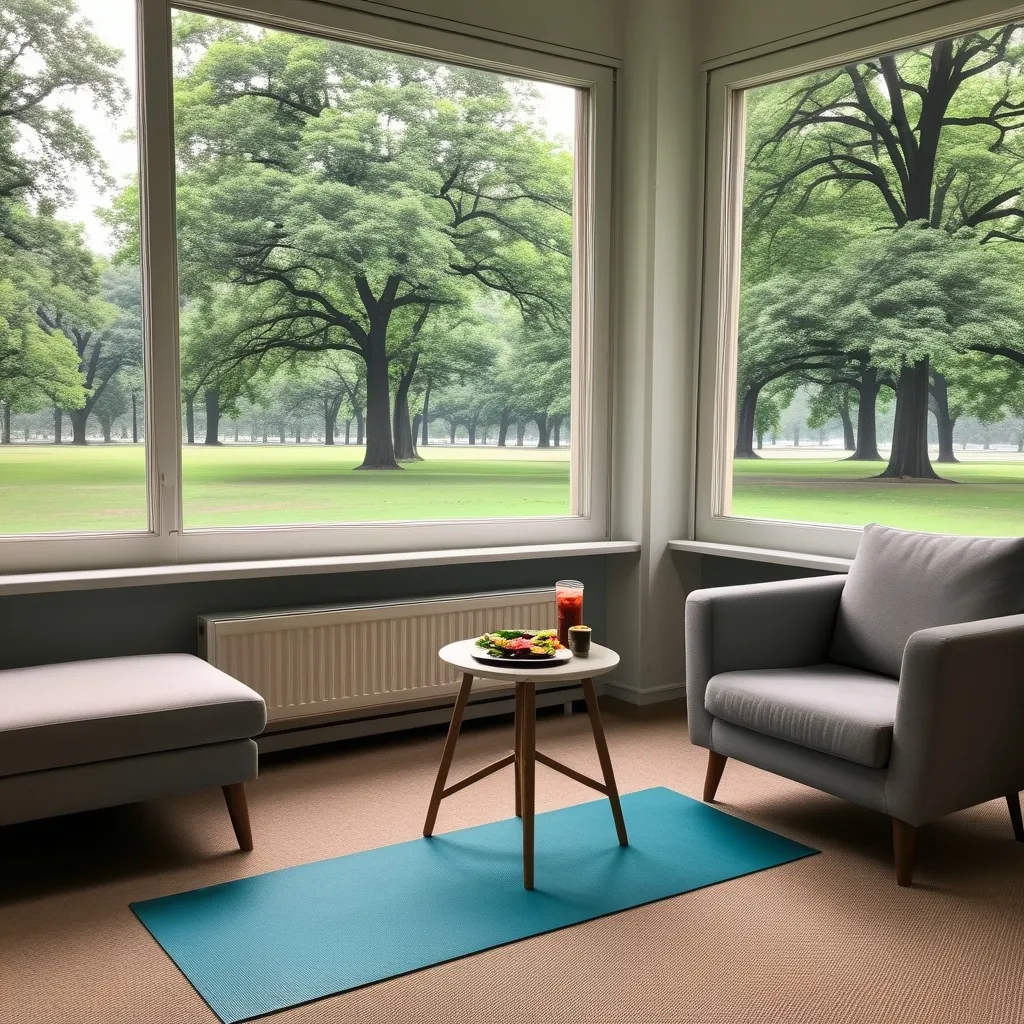In today’s hustle and bustle of the workplace, meetings are a necessary evil. They’re where teams come together to brainstorm, make decisions, and keep everyone on the same page. However, it often feels like there are just too many of them. When meetings become overwhelming, productivity dips, and frustration rises. So, what’s the solution? The trick is to only hold meetings that are truly essential.
The Downside of Too Many Meetings
Let’s face it, too many meetings can really bog down productivity and morale. On average, workers are stuck in about 11 to 15 meetings every week, and for some executives, that number can skyrocket to 37. With remote and hybrid work becoming more common, people are finding themselves in even more meetings than ever before. This surge in meeting time means less time for actual work, leaving employees feeling burned out and frustrated.
When you’re always in meetings, your to-do list piles up, and important tasks get shoved to the sidelines. Constant meetings can also zap creativity and innovation, as there’s simply no time to let ideas simmer and grow. Plus, all those meetings can lead to extreme fatigue, making it hard to stay engaged and motivated.
The Need for Clear Objectives
To make meetings more productive, setting clear objectives is essential. Every meeting should have a specific purpose and well-defined goals. This means outlining what topics are up for discussion, what decisions need to be made, and what outcomes are expected by the end. Clear objectives keep everyone focused and prepared, making meetings more efficient and less time-consuming.
Having a well-planned agenda helps keep the meeting on track and ensures it wraps up on time. It also helps participants gauge whether they truly need to be there. When only essential attendees are present, meetings are more streamlined, leaving more time for actual work.
Invite the Right People
Being selective about who attends a meeting can make a world of difference. Only invite those whose input is crucial to the discussion. This prevents unnecessary follow-ups and ensures the right people are in the loop from start to finish. It also encourages participants to evaluate the agenda and objectives carefully, making better use of everyone’s time.
Set Time Limits
Another strategy for enhancing meeting efficiency is to set default time limits. Keeping meetings short and sweet forces participants to stay focused and on-topic. Quick decision-making is encouraged, avoiding long-winded discussions that stray from the point. This method not only boosts productivity but also shows respect for everyone’s time.
Use Alternative Communication Methods
Not everything requires an in-person meeting. Sometimes an email, a quick message, or using collaborative tools can be much more effective for sharing information. By cutting down on unnecessary meetings, employees have more time to tackle important tasks.
Manage Meeting Dynamics
Good management of meeting dynamics is crucial. Set ground rules like respecting others’ opportunities to speak, turning off personal devices, and not straying off-topic. These tactics help maintain focus and prevent the meeting from becoming a time-wasting ordeal.
Leaders Set the Tone
Leaders play a pivotal role in managing meetings effectively. They should ensure that each meeting has a clear agenda, defined goals, and a hard stop time. Respecting people’s time is crucial, and leaders must keep everyone focused within the allotted timeframe. By mindfully scheduling meetings and ensuring only necessary ones occur, leaders can boost morale and productivity.
Analyze Meeting Data
In our data-driven world, using meeting analytics can offer valuable insights into how effective meetings are. By looking at factors such as meeting frequency, duration, and participant engagement, organizations can make informed decisions about their meeting schedules. This analysis can promote a culture of focused collaboration, leaving more time for employees to concentrate on their primary responsibilities.
Spotting the Red Flags
Watch out for signs that too many meetings are a problem. If employees are in over 16 half-hour meetings a week, they might struggle with context switching and concentrating on key tasks. Other red flags include unclear objectives, poor time management, and an excess of unnecessary attendees.
Focus on Quality Over Quantity
The goal should be to prioritize meeting quality over quantity. One poorly planned meeting can be as disruptive as a packed schedule. Meetings should have clear objectives like brainstorming, decision-making, or information sharing. This focus ensures productive discussions and avoids aimless conversations.
Practical Tips for Cutting Down on Meetings
To cut down on unnecessary meetings, put these practical tips into action:
-
Assess Relevance: Determine if your presence is crucial for the meeting’s goals. If not, decline politely or suggest an alternative communication method.
-
Set Boundaries: Say no to meetings that don’t align with your current priorities or workload.
-
Propose Alternatives: Use emails or brief reports for information sharing instead of meetings.
-
Encourage Efficiency: Support meetings with clear agendas and objectives to ensure they’re productive.
By implementing these strategies, organizations can significantly cut down on unnecessary meetings, boost productivity, and improve job satisfaction. The aim is to create a culture that values both focused work and collaborative discussions, making meetings a tool for success rather than an obstacle.
In conclusion, while meetings are vital for teamwork and decision-making, they need to be managed well to avoid dragging down productivity. Focusing on clear objectives, inviting the right people, limiting meeting times, and promoting alternative communication methods can ensure meetings are both necessary and efficient. This approach not only increases productivity but also enhances overall job satisfaction, creating a more efficient and positive work environment.






